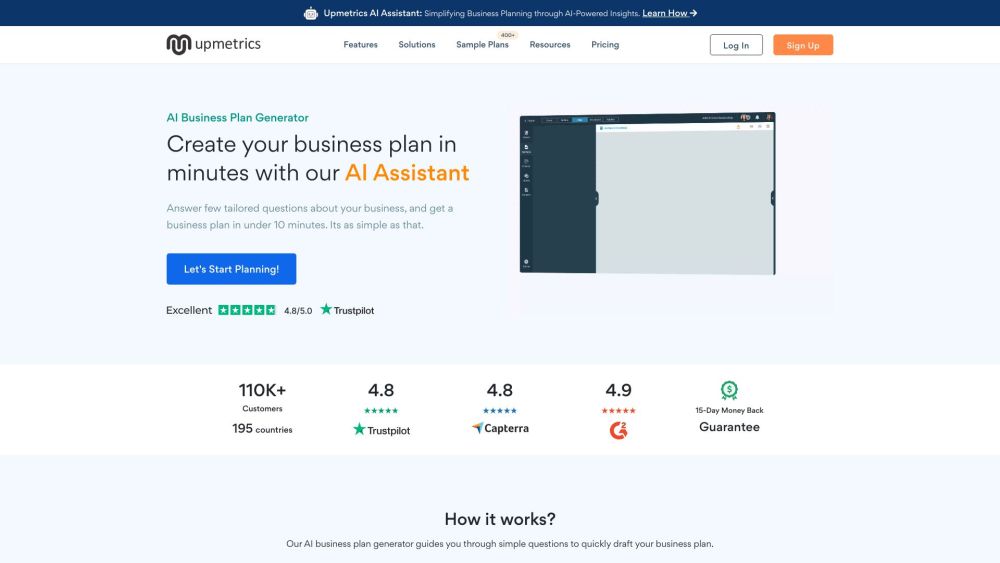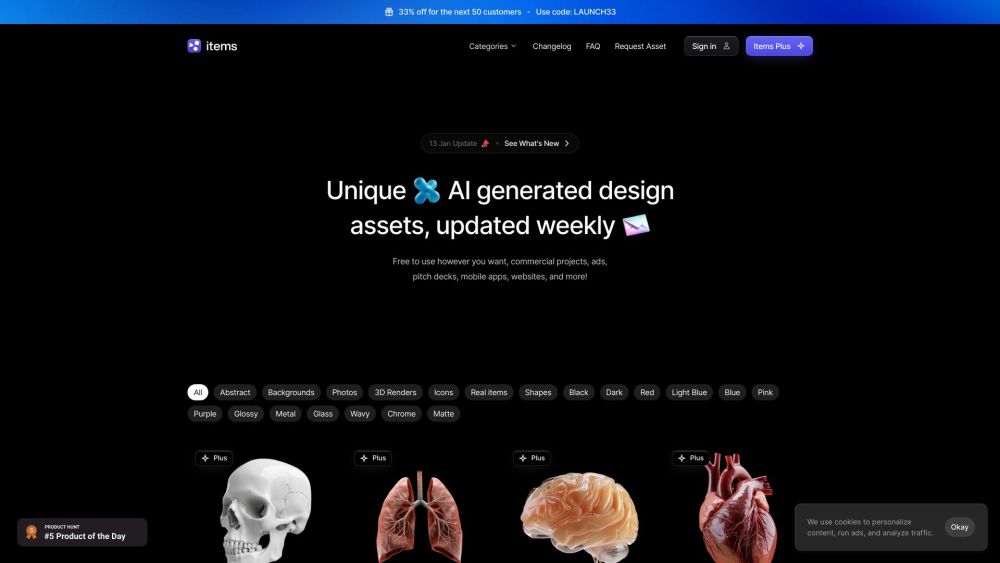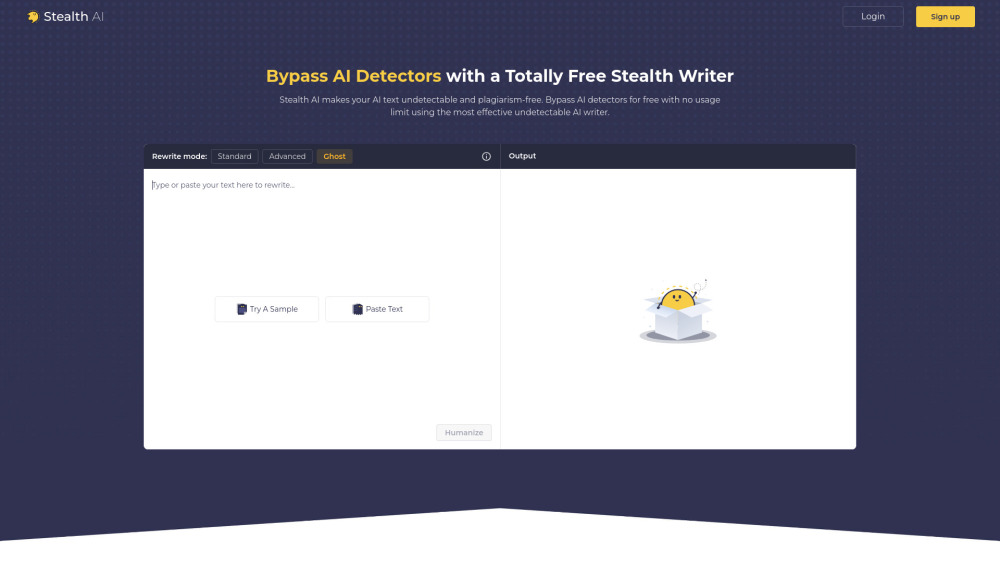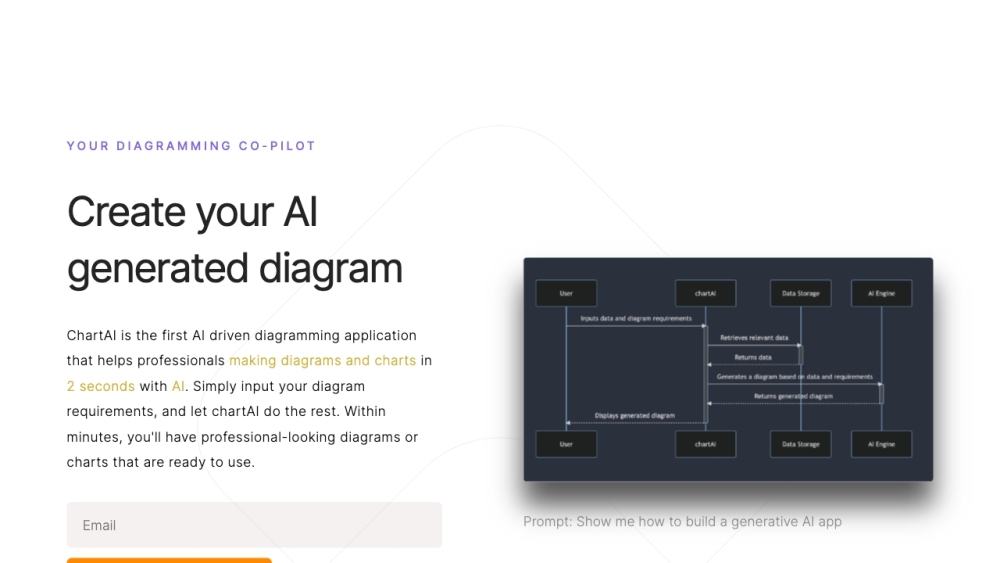Tesla's Optimus Humanoid Robot Captivates Audiences at the Global AI Conference
Most people like

Discover how to craft detailed plans swiftly and efficiently. In today’s fast-paced world, the ability to generate comprehensive and actionable strategies with speed is essential for success. This guide will explore effective methods and best practices that empower you to streamline your planning process. Whether you're managing a project, developing a business strategy, or organizing an event, these techniques will help you create thorough plans in less time, allowing you to focus on execution and innovation. Get ready to enhance your planning skills and boost productivity!

Unlock a treasure trove of free AI-generated design assets perfect for enhancing your websites, apps, and presentations. Explore a diverse collection that elevates your projects with stunning visuals and intuitive designs, all at no cost!

Introducing our cutting-edge AI writer designed to produce plagiarism-free content that goes undetected. Experience the power of advanced technology that ensures originality and creativity in every piece, catering to your unique writing needs while enhancing your online presence. Discover how our undetectable AI writer can elevate your content strategy effortlessly.
Find AI tools in YBX


